In the labyrinth of government information systems, two critical databases often exist as islands unto themselves: farmer registries and social protection platforms. Despite serving the same rural populations, these systems typically operate in isolation, creating inefficiencies that undermine our collective mission to support vulnerable agricultural communities. As recent standards from the FAO-backed Digital Convergence Initiative (DCI) demonstrate, the integration of these systems isn't just possible, it's transformative.
Why Integrate Farmer Registries and Social Protection Systems?
.jpg)
Small family farmers produce a third of the world's food, yet paradoxically represent many of the poorest households in low-income countries. This contradiction persists partly because of our fragmented approach to data management.
Imagine a small-scale farmer in a remote village who qualifies for both agricultural support and social assistance. Without integrated systems, s/he must navigate separate registration processes, provide identical information multiple times, and hope that both systems accurately capture her needs. It's like having two doctors treating the same patient without sharing medical records - inefficient at best, harmful at worst.
Breaking down Digital Silos
The integration challenge resembles assembling a complex puzzle where pieces come from different boxes. Each government department collects data with different formats, definitions, and purposes:
- Social registries focus on households, vulnerabilities, and socioeconomic indicators
- Farmer registries capture land use, crop production, and agricultural activities
- Each system operates with unique software, update cycles, and access protocols
These differences aren't merely technical - they reflect institutional barriers and competing priorities that keep valuable data locked away from those who need it most.
The Critical Pain Points
Three critical bottlenecks continue to hamper integration efforts:
Data governance gaps: Many governments lack clear frameworks for data sharing, privacy protection, and quality control across departments. Without these foundations, integration efforts collapse under legal and procedural uncertainties.
Technical incompatibility: Legacy systems speak different languages, with incompatible data structures that make exchange difficult. This is compounded by uneven digital infrastructure across rural regions.
Institutional resistance: Perhaps most challenging is the organizational resistance to integration. Departments may fear losing control over "their" data or worry that integration will expose inefficiencies.
.jpg)
Implementing DCI’s Interoperability Standards
The DCI, co-chaired by Food & Agriculture Organization (FAO) and Deutsche Gesellschaft für Internationale Zusammenarbeit (GIZ) has released a set of Interoperability Standards for Farmer Registries to guide governments through:
Data Model Harmonization: Defining essential data elements (e.g., unique farmer IDs, geo‑coordinates, household income) for cross‑registry mapping
Secure Data Exchange Protocols: Leveraging APIs and message‑queuing architectures to transmit data in real time.
Governance Frameworks: Establishing multi‑stakeholder steering committees to oversee data quality, privacy, and system evolution.
Integration Success Stories
Some governments have already demonstrated the power of integration. Zambia's Integrated Agriculture Management Information System (ZIAMIS) has registered over one million farmers, connecting agricultural input programs with digital financial services. When market disruptions occur, this integrated approach allows for rapid response.
Lebanon provides another instructive example. During the economic crisis and COVID-19 pandemic, their farmer registry became the backbone of crisis response efforts, enabling targeted support precisely when farmers needed it most.
Building Bridges, Not Walls
Integration doesn't mean creating a single monolithic system. Rather, it's about building interoperability—the ability for separate systems to communicate effectively. Think of it as building bridges rather than tearing down buildings.
The newly released standards offer a roadmap for this bridge-building process:
- Identifying common data fields essential for both systems
- Establishing standardized formats for data exchange
- Creating governance protocols that respect departmental autonomy while enabling collaboration
- Implementing privacy safeguards that protect vulnerable populations
Beyond Technical Solutions
Technical standards alone won't solve the integration challenge. Success requires a fundamental shift in how we conceptualize government services—moving from program-centric to people-centric approaches.
Consider the difference: Program-centric systems ask, "Is this person eligible for our specific benefit?" People-centric systems ask, "What combination of services would best support this individual's needs and aspirations?"
This shift demands leadership willing to challenge established practices and reward cross-departmental collaboration over territorial instincts.
Trace, Verify, Support: How CSM Tech’s farmer and social registries can drive Inclusive Governance
CSM Tech’s Social Registry delivers a single, unified database for real‑time coordination of social protection programmes, ensuring governments know “who receives what,” eliminating duplication and uncovering synergies across schemes. Its proxy‑means testing engine (implemented for the social registry in Gambia) categorizes households by vulnerability scores, and dynamic integration with voter rolls enables continuous inclusion of newly eligible citizens. In Odisha, CSM’s platform powers the Social Protection Delivery Platform (SPDP), weeding out ghost beneficiaries via a three‑tier verification SOP tied to Aadhaar and LGD (Local Government Directory) mapping.
Likewise, the Farm Registration System traces farmers to the land they till by integrating seamlessly with Odisha’s Bhulekh land‑records database, authenticating sharecroppers and guaranteeing entitlements. Its digitization module captures demographics, land‑holding and bank data to mint unique farmer IDs, while the land verification module auto‑validates records for procurement automation and supply‑chain integration.
Together, these registries form a powerful duo: the social registry’s welfare targeting can be enriched with granular farm‑level data, and the farm registry’s demographic insights can streamline social benefit delivery. Governments can adopt CSM Tech’s standards‑based APIs to fuse both datasets, unlocking predictive analytics for shock‑responsive cash transfers and agricultural subsidies. By harnessing CSM Tech’s proven interoperability and robust data‑governance framework, any administration can deploy an end‑to‑end solution that secures food systems, protects livelihoods, and accelerates inclusion - today and tomorrow.
.jpg)
A Vision for Connected Rural Support
Imagine a future where a farmer affected by drought automatically receives appropriate support without completing multiple applications. Where agricultural extension services coordinate seamlessly with social workers. Where a single update to a family's information cascades appropriately across all relevant government services.
This vision isn't utopian, it's already emerging in countries committed to integration. By connecting our information systems, we connect our institutions. And by connecting our institutions, we better connect with the rural communities we serve.
The standards exist. The technology is available. The examples prove it works. What remains is the leadership courage to bridge these systems and close the protection gap for millions of smallholder farmers worldwide.









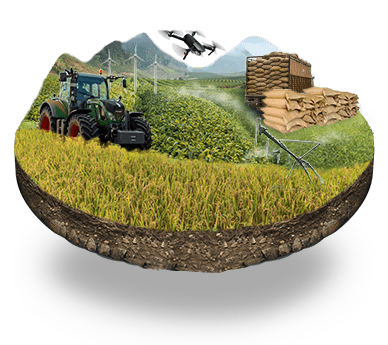
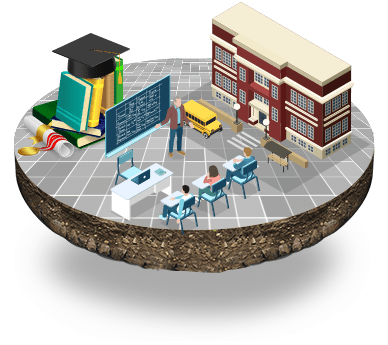
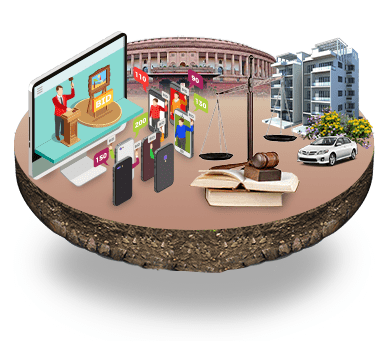

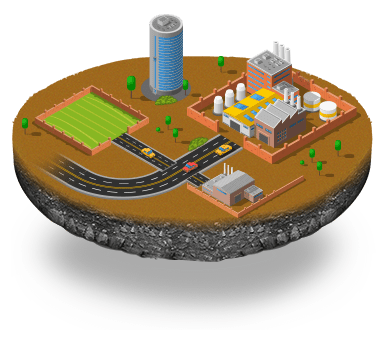






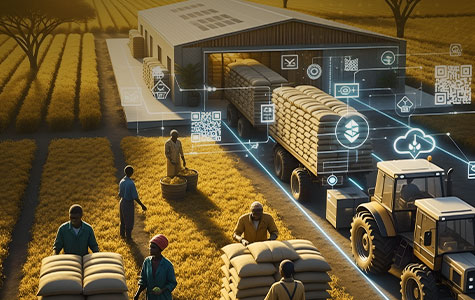

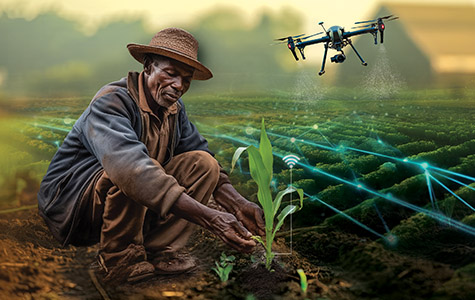


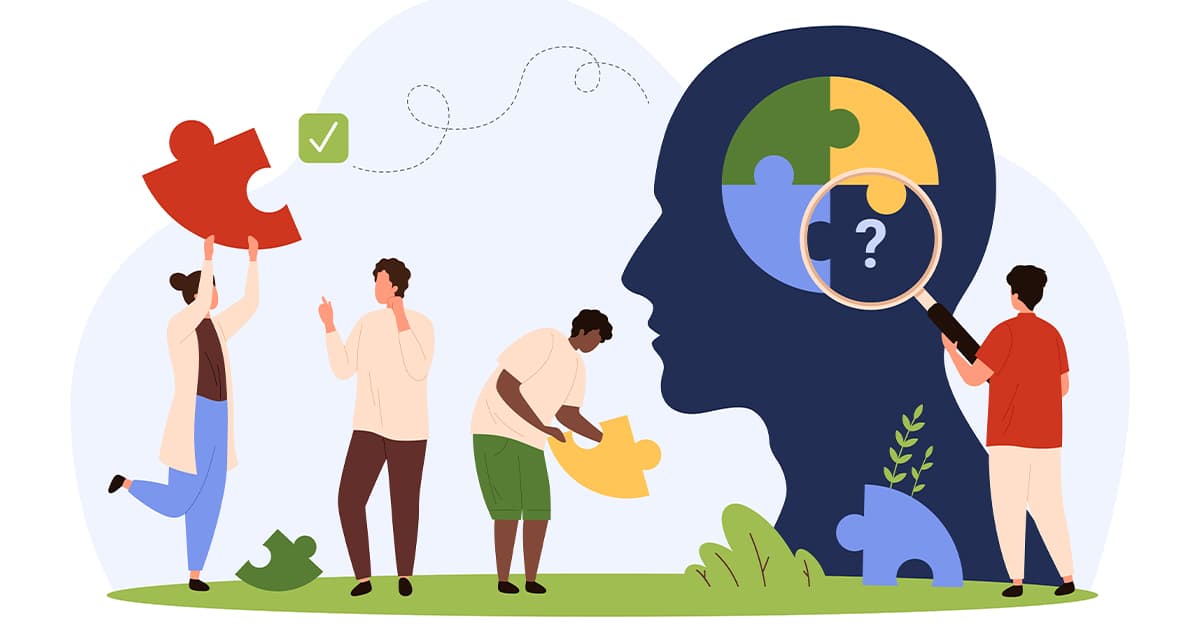




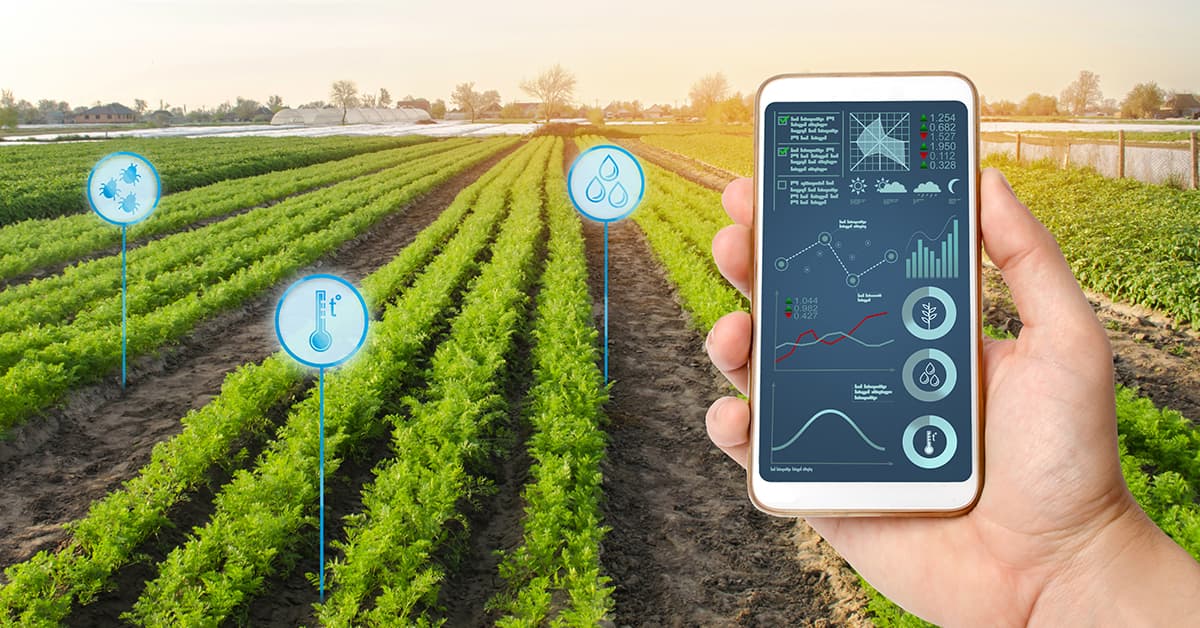





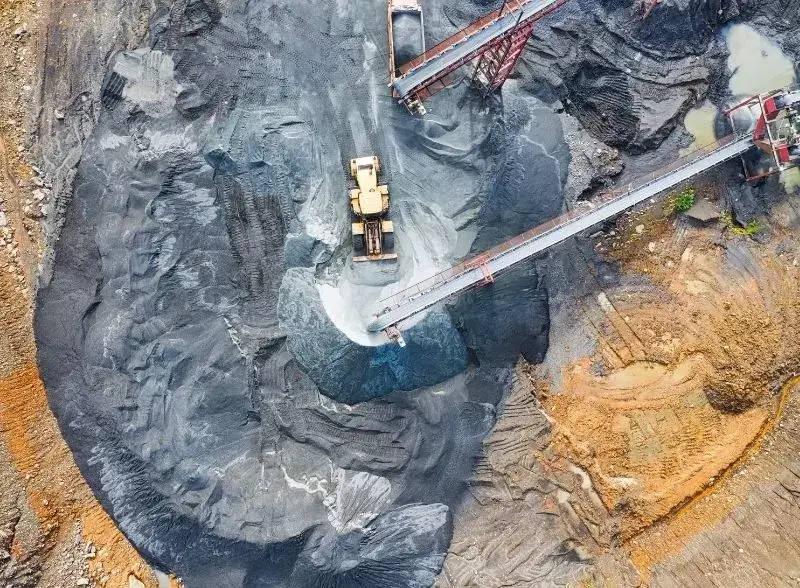


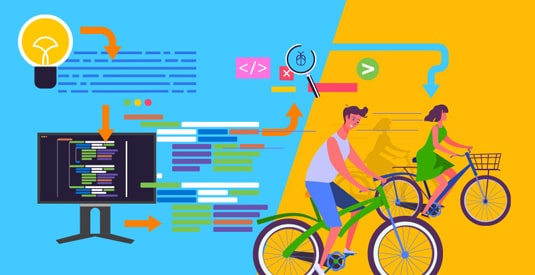
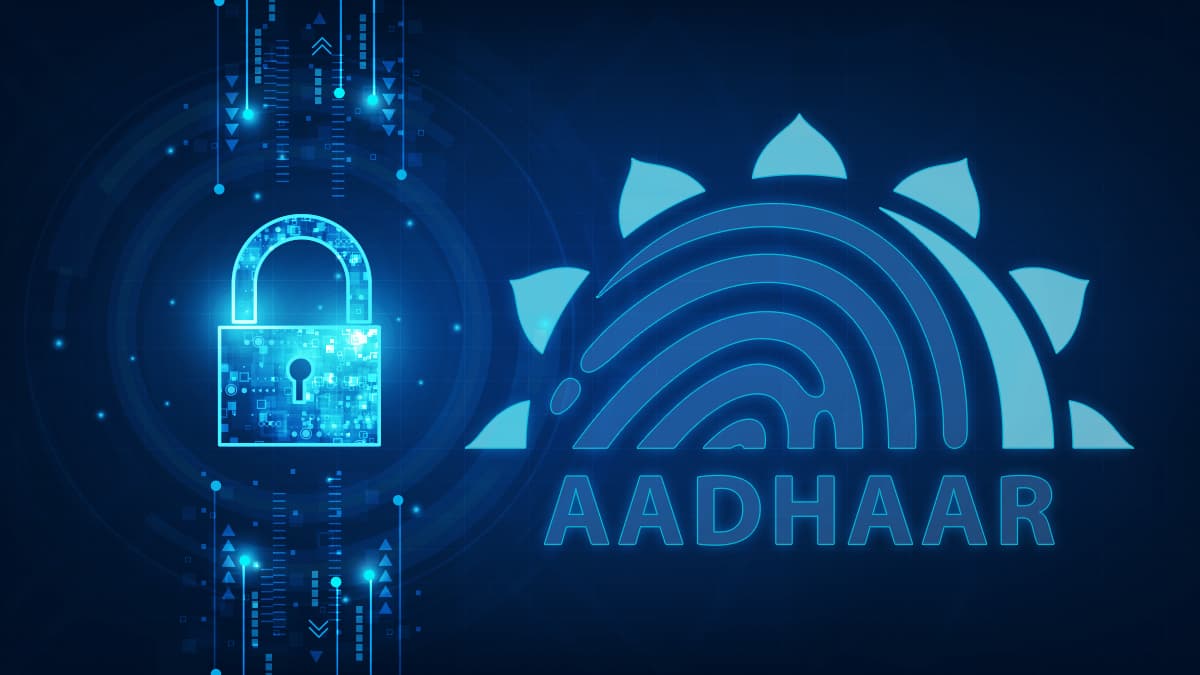
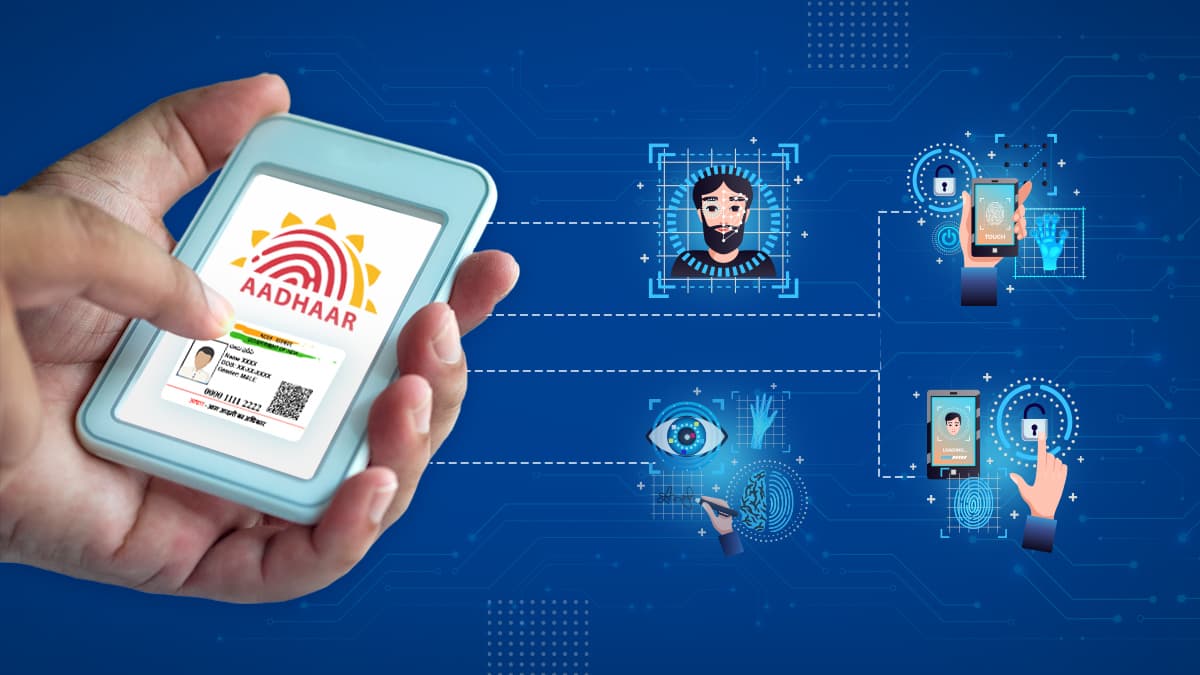




We will verify and publish your comment soon.